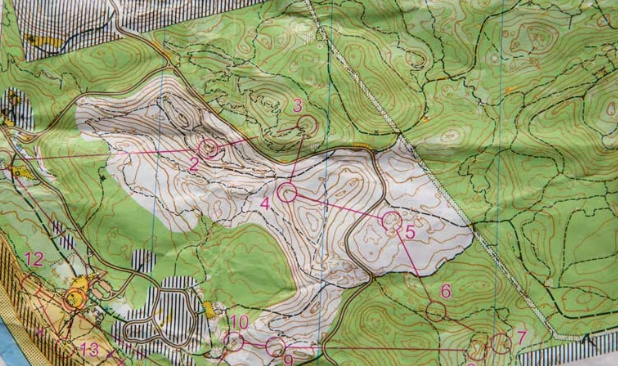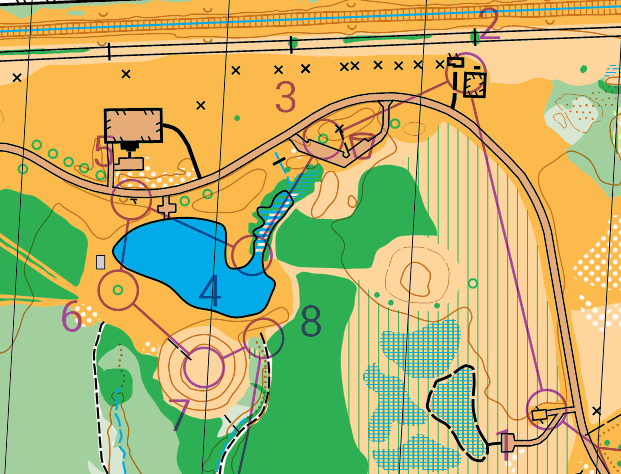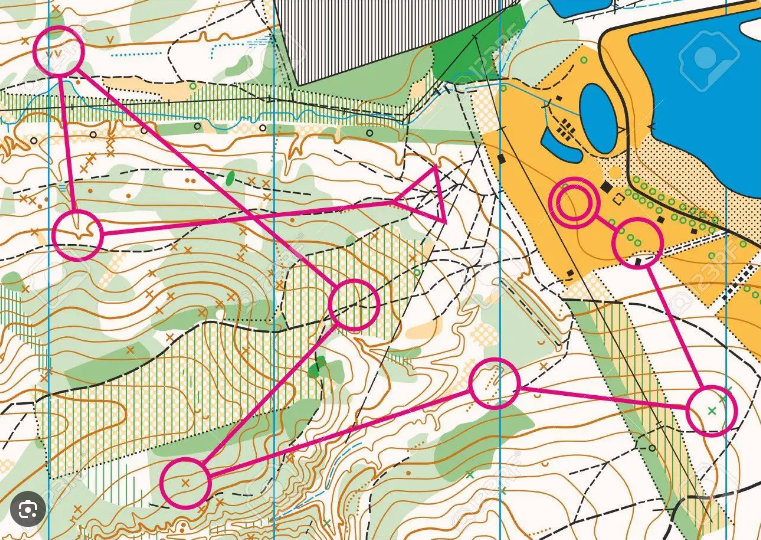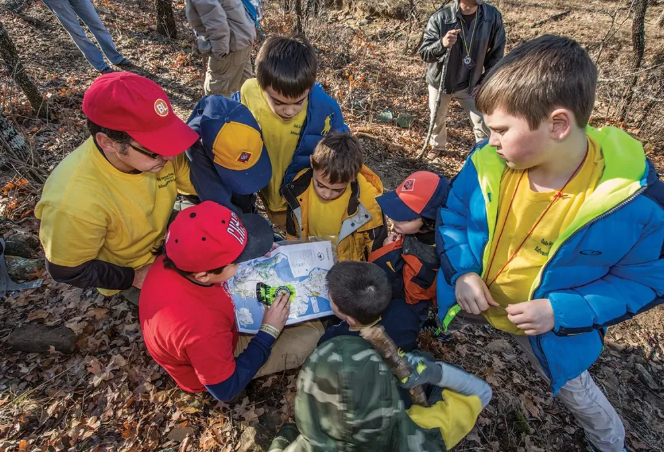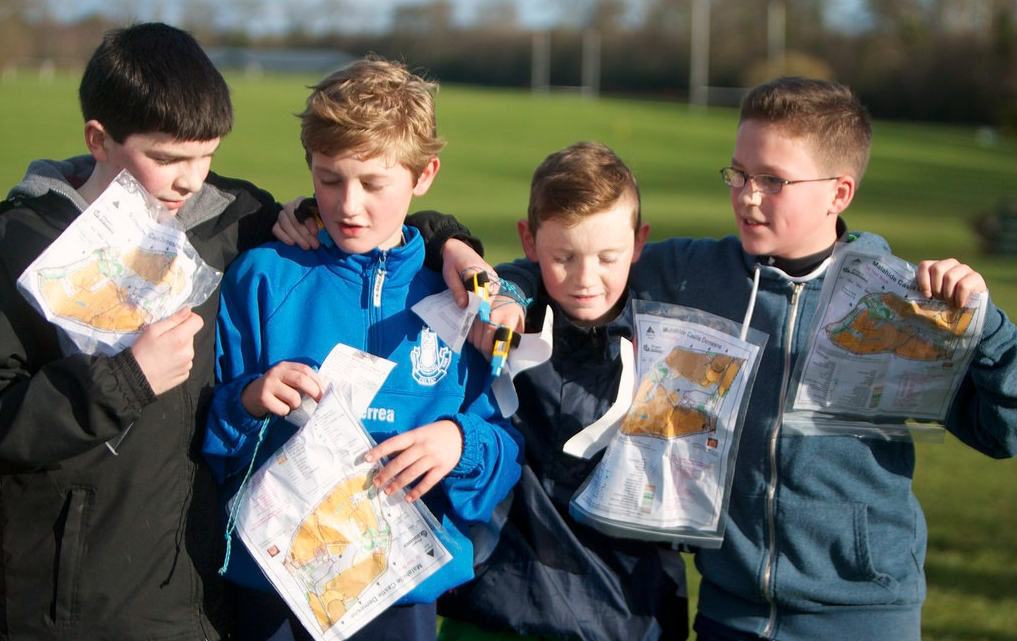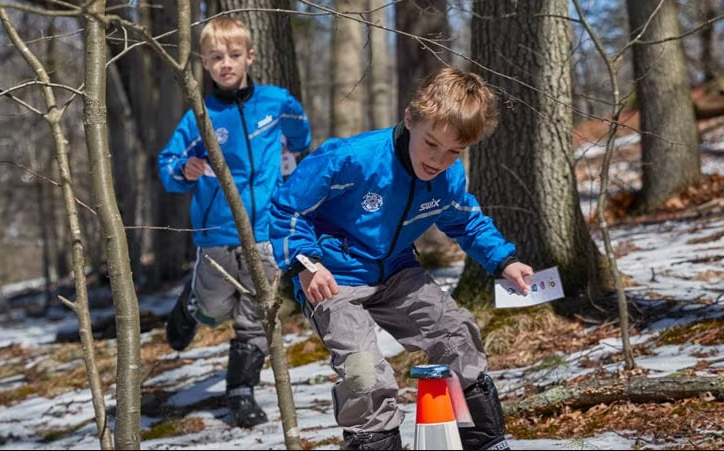Orienteering
Reading Maps, Finding Hidden Boxes
Our orienteering events:
Race #1
Race #2
Race #3
Race #4
Race #5
Race #6
School Year End 2023 Race
Orienteering involves the ability to look at a map, to orient yourself correctly, to pick out the map details (houses, trees, streets, trails, businesses, etc.), and to navigate to the marked locations on the map. The orienteering courses that we have created have 5 to 10 locations marked on the official map, and the treasure boxes are black toolboxes or small wood boxes. Each participant needs to take one item from each box and then show all the items at the finish line to officially prove completion of the course. The items are hard candies, gumballs, taffy, wood cubes, poker chips, balloons, etc.
Orienteering involves the ability to look at a map, to orient yourself correctly, to pick out the map details (houses, trees, streets, trails, businesses, etc.), and to navigate to the marked locations on the map. The orienteering courses that we have created have 5 to 10 locations marked on the official map, and the treasure boxes are black toolboxes or small wood boxes. Each participant needs to take one item from each box and then show all the items at the finish line to officially prove completion of the course. The items are hard candies, gumballs, taffy, wood cubes, poker chips, balloons, etc.
At the start of a race, you would be a given a map with locations indicated on it. In pure orienteering, the expectation is that you would use a compass to steer yourself north, south, east, and west. As well, you can reference the topographic lines on the map, which indicate elevations- for example, you might determine that a location is on the side of a hill. There are also markings for lakes, rivers, etc. Here are some sample maps, though not the type we use. You can see the maps we create for Danville neighborhoods on the race pages.
